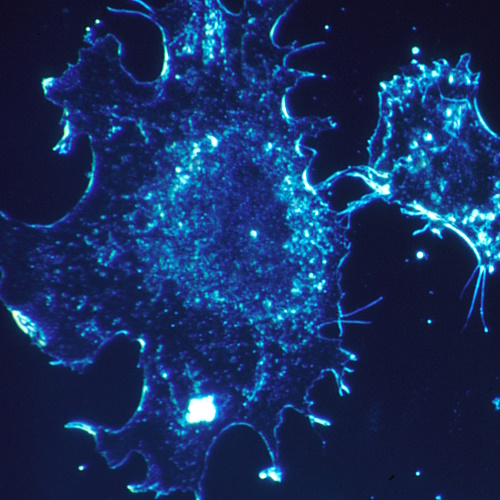Key points from article :
A new diagnostic nanoparticle can reveal the presence of cancerous proteins, pinpointing the tumor location.
“This is a really broad sensor intended to respond to both primary tumors and their metastases,” - Sangeeta Bhatia, senior study author.
Can perform both molecular screening (detecting the urinary signal) and imaging.
Researchers added a radioactive tracer, copper-64, to enable the particles for PET imaging.
Tested the diagnostic particles in two mouse models of metastatic colon cancer to the lung and the liver.
Using acid-sensitive nanoparticles to accumulate Copper-64 provides a much clearer image of lung tumors.
If approved in humans, this diagnostic could be useful for evaluating the treatment response, and for long-term monitoring of tumor recurrence or metastasis, especially for colon cancer.
Glympse Bio performed phase 1 trials of an earlier version of the urinary diagnostic particles and found them to be safe in patients.
Research by MIT published in Nature Materials.






